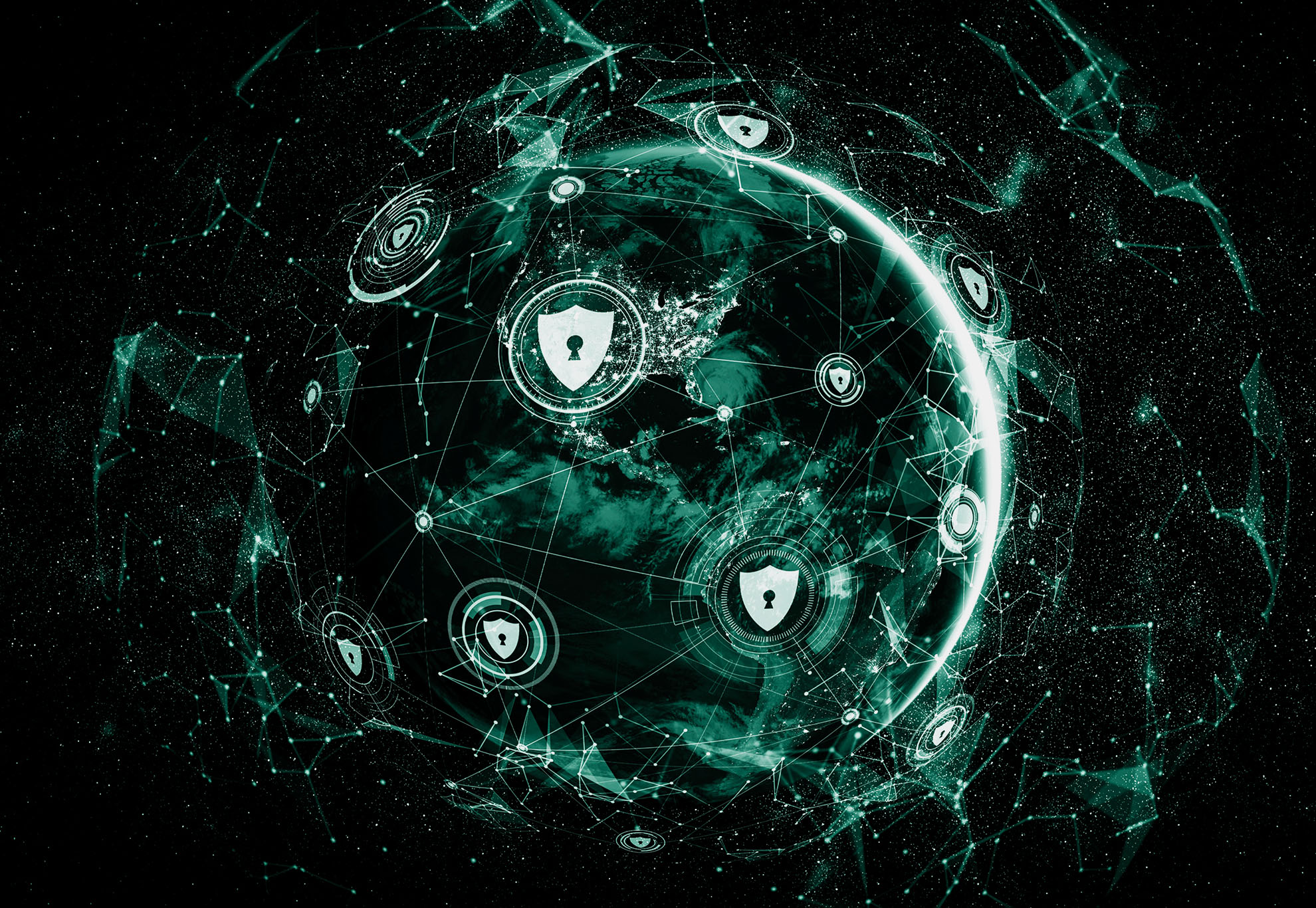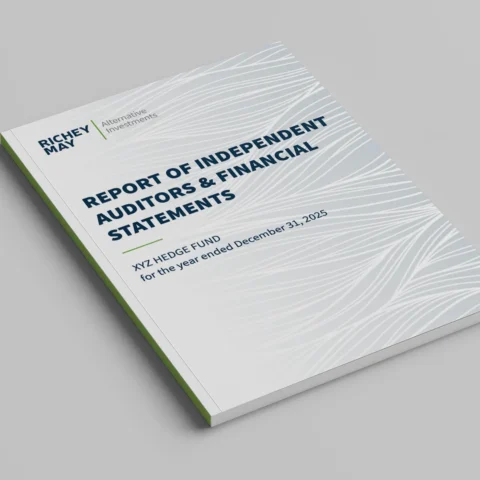Episode #3 in Richey May’s Cyber Nightmares from the Digital Darkness Series
Imagine, dear reader, awakening one morning to discover that life’s essential nutrient (clean, flowing water) is under attack by the forces of digital darkness. Not from drought or contamination, but from phantom fingers dancing across keyboards in darkened rooms, wielding the power to inflict drought on millions of Americans.
Such was the chilling reality that confronted American Water Works Company on October 3rd, 2024, when digital wraiths slipped through electronic arteries to infiltrate the nation’s largest regulated water utility. Serving over 14 million souls across 14 states, this corporate giant found itself facing not just a cybersecurity incident, but a fundamental threat to the most basic human necessity.
The attackers didn’t need to poison wells or sabotage treatment plants. In our interconnected age, they had discovered something far more insidious: the ability to corrupt the very systems that monitor, control, and deliver the water upon which millions depend. The digital age had transformed our dependency on it into a weapon of mass disruption.
As we descend into this third tale of our October nightmares series, witness how the phantoms temporarily condemned a major utility to the misery of digital purgatory.
The Descent
In the pre-dawn hours of October 3rd, when most Americans slept, digital sensors began detecting unauthorized movement within American Water’s network fortress. Like electronic bloodhounds, security systems caught the scent of something that didn’t belong: foreign code creeping through cyber corridors that should have been impenetrable.
The company’s cybersecurity teams faced every digital defender’s worst nightmare: an adversary that had already crossed the moat and entered the castle. The intruders moved with the practiced precision of those who understood that water utilities represent more than business targets (they are the electronic jugular of modern civilization).
American Water’s response was swift and decisive, demonstrating that even in our darkest digital hour, human judgment can still triumph over cyber chaos. Within hours, the company made the painful but prudent decision to disconnect affected systems entirely, essentially performing digital surgery to prevent the infection from spreading to critical water operations.
But the phantoms had chosen their target with malicious genius. Unlike financial institutions that guard money or healthcare systems that protect data, water utilities guard something far more precious: the fundamental building blocks of human survival. Millions of customers who turned a tap that morning became an unwitting victims in this cyber nightmare.
The attack vector remains shrouded in investigative secrecy, but cybersecurity experts paint a familiar picture of digital infiltration. Like shadows sliding under locked doors, the attackers likely gained entry through the same vulnerabilities that haunt countless organizations: phishing emails that transformed employee trust into trojan horses, unpatched systems that left digital windows open in cyber storms, or compromised credentials that turned legitimate access into criminal opportunity.
The Darkness Spreads
As October’s morning light revealed the scope of the breach, a chilling pattern emerged. The phantoms had achieved something far more sophisticated than simple data theft: they had demonstrated the vulnerability of America’s critical infrastructure backbone.
The MyWater customer portal vanished into digital darkness, leaving millions unable to access their accounts or make payments. Billing systems ground to a halt as electronic processing centers went offline. Customer service phones rang endlessly as confused citizens sought answers their utility could no longer provide through normal digital channels.
Yet beneath this visible chaos lurked a far more terrifying possibility. Cybersecurity analysts recognized the attack’s true horror: the potential for lateral movement between information technology (IT) systems and operational technology (OT) networks. In the water utility world, this represents the difference between inconvenience and catastrophe.
OT systems control the physical infrastructure that ensures water flows cleanly from source to sink. They monitor pressure levels, manage chemical treatments, and regulate distribution networks across vast geographic areas. Should digital phantoms gain access to these electronic nervous systems, they could theoretically manipulate water quality, disrupt pressure systems, or even contaminate supply lines.
The attackers had demonstrated knowledge of this critical distinction. Rather than pursuing immediate financial gain through traditional ransomware encryption, they appeared to be conducting reconnaissance, mapping the digital pathways that connect customer service systems to the more valuable operational networks below.
Industry experts noted the attack’s timing with particular dread. October represents peak season for cyber threats to critical infrastructure, as adversaries seek to exploit vulnerabilities before winter weather compounds potential disruptions. The American Water breach served as a stark reminder that cyber warfare has evolved beyond stealing credit card numbers: it now threatens the basic services upon which modern society depends.
The Reckoning
When the digital dust finally settled after a week of electronic darkness, the true scope of American Water’s nightmare began to emerge. While no water service interruptions occurred (a testament to the company’s swift isolation protocols), the incident exposed fundamental vulnerabilities within America’s critical infrastructure ecosystem.
Customer data representing millions of individuals had potentially been exposed to criminal hands. Personal information, payment records, and usage patterns (all stored in digital repositories that the phantoms had accessed) now faced potential exploitation on dark web marketplaces. The company faced not only operational recovery but the crushing weight of class-action lawsuits and regulatory scrutiny.
Financial markets reacted with predictable horror as investors recognized the new reality: critical infrastructure companies now face cyber risks that can transform overnight from operational challenges into existential threats. The incident cost American Water not just in immediate response expenses, but in the intangible currency of public trust.
Regulatory agencies including the Environmental Protection Agency and Cybersecurity and Infrastructure Security Agency launched investigations that would reshape industry standards. The breach had demonstrated that over 70% of water utilities nationwide remain non-compliant with basic cybersecurity standards, creating a vast digital attack surface that threatens every American community.
Perhaps most chillingly, the incident revealed the inadequate separation between customer-facing IT systems and the operational technology that controls physical water infrastructure. This architectural flaw transforms every customer portal into a potential gateway for attackers seeking to manipulate life-sustaining services.
The phantom had achieved its true objective: not immediate financial gain, but the demonstration that America’s most essential services remain vulnerable to digital manipulation by those who understand the intersection of cyber capabilities and physical infrastructure.
The Vigilant Guardian
But you, dear reader, need not surrender to despair in the face of such digital darkness. The American Water nightmare, while terrifying in its implications, illuminates the precise defenses that can banish such phantoms from critical infrastructure systems.
The most crucial lesson emerges from the attack’s methodology: the absolute necessity of network segmentation between customer-facing systems and operational technology. Like digital airlocks, properly configured networks can prevent lateral movement even when perimeter defenses fail. Organizations must implement zero-trust architectures that treat every digital interaction as potentially hostile.
Multi-factor authentication represents the second line of defense against credential-based attacks. The phantoms exploited the simple reality that passwords, no matter how complex, remain single points of failure in systems designed for multiple layers of protection. Modern MFA implementations can transform stolen credentials from master keys into useless artifacts.
Employee training emerges as perhaps the most critical vulnerability. The American Water breach likely began with social engineering tactics that transformed human trust into digital weakness. Regular phishing simulations and security awareness programs can immunize workforce populations against the psychological manipulation that enables most successful cyber intrusions.
Incident response planning proved its value in American Water’s swift isolation protocols. Organizations that practice cyber emergency procedures regularly can respond to digital crises with the same swiftness fire departments bring to physical emergencies. The difference between containment and catastrophe often measures in minutes, not hours.
For those who guard our digital fortress gates, the American Water incident serves as both a warning and instruction manual. Critical infrastructure defenders must recognize that cyber threats now target not just data or money, but the fundamental services that sustain human life.
At Richey May, our cybersecurity professionals understand that protecting critical infrastructure requires specialized expertise that bridges IT security and operational technology defense. Our penetration testing services can identify the exact vulnerabilities that phantoms like those targeting American Water seek to exploit, while our incident response planning ensures that organizations can respond to cyber emergencies with confidence rather than chaos.
The well of digital security runs deep, but only for those who understand that in our interconnected age, cybersecurity isn’t just about protecting data (it’s about protecting life itself).
Contact Richey May’s cybersecurity experts to ensure your organization’s defenses are strong enough to withstand even the most sophisticated attacks. Visit richeymay.com or email info@richeymay.com to schedule your security assessment.
Sources and Further Reading
For readers who wish to delve deeper into this digital nightmare, the following sources provide comprehensive details about the essential infrastructure landscape and this specific attack:
- Official Incident Disclosure: American Water Reactivating Systems After Cyber Event
- Technical Analysis: How the American Water Works Cyberattack Happened
- Critical Infrastructure Impact: Cyberattack on American Water: A Warning to Critical Infrastructure
- Industry Security Assessment: American Water Cyberattack: Another Wake-Up Call for Critical Infrastructure
- Regulatory Response: Major Water Utility Experiences Cyber Attack – Water ISAC
- Market Impact Analysis: America’s Largest Water Utility Hacked as US Infrastructure Targeted
These resources provide additional technical details, regulatory responses, and industry analysis for security professionals seeking to understand the full scope of this critical infrastructure nightmare.





